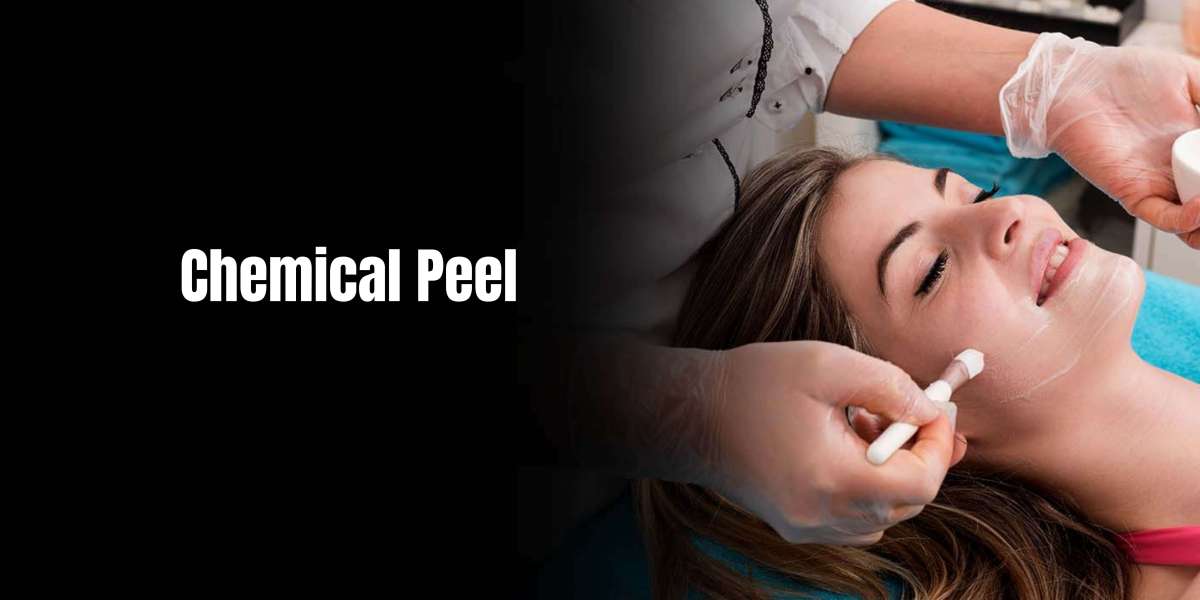Everyone wishes to have healthy and clear skin that is always glowing. But with the dirt and pollution, our skin gets dull and loses its inner glow. There are many natural and cosmetic methods to achieve it. However, natural methods have limited impact and may take a longer period of time to show results. On the other hand, cosmetic treatments like chemical peels show faster and more long-lasting results. Additionally, chemical peel results seem more prominent than those obtained by natural methods. Chemical peels also treat skin conditions like acne, fine lines, pigmentation, etc.
This blog discusses the types of chemical peels and their procedures. To make this post informative, we have gathered insights from Dr. Rasya Dixit, a renowned dermatologist known for offering the best and most affordable chemical peels cost in Bangalore. Continue reading to learn.
Types of Chemical Peels
A chemical peel is a minimally invasive skin resurfacing procedure where a certain chemical is applied to remove the upper layer of the skin. As a result, the skin that is revealed is smoother and healthier. The procedure can be segregated into three levels:
- Light Chemical Peel: A light chemical peel removes the outer layer of the skin, known as the epidermis, and can effectively treat acne, fine wrinkles, dryness, and fine lines. The results may last for two to five weeks. Further, it is the most commonly used peel and can be done every four to six weeks.
- Medium Chemical Peel: The chemical used will break the top few layers of the epidermis and, therefore, exfoliate it. As a result, softer and healthier skin will surface in two to four months. Medium peels need only two to three treatments, spaced about 2 months apart.
- Deep Chemical Peel: A deep chemical peel eliminates cells that are deeper and is suitable for scars, deeper wrinkles, or precancerous growth. There is no need for repeated procedures to get the full results. A single treatment will ensure dramatic and long-lasting results for up to ten years.
Chemical Peel Procedure
No anaesthesia is needed for this outpatient procedure. Following certain pre-treatment guidelines two to four weeks before the treatment is essential for the best results. Given below are the steps followed during the treatment:
- The skin is cleansed to remove the last traces of dust particles, dirt, oil, and makeup from the face.
- The chemical peel is applied to the skin for three to seven minutes.
- Lastly, the peel is counteracted by distilled water or a certain neutralizer.
Conclusion
A chemical peel treatment removes the skin's upper layer to help minimize dullness, wrinkles, hyperpigmentation, and scarring. One must consult a good skin specialist before getting a chemical peel treatment. The doctor will carefully examine the patient's medical history and suggest whether it is suitable.
If one is looking for pigmentation treatment, one may consult Dr. Rasya Dixit at Dr. Dixit Cosmetic Dermatology Clinic. Not only for chemical peels, the expert doctor also provides treatment for pigmentation, acne, mild sagging, melasma, dark circles, and acne scar treatment in Bangalore.
The clinic offers excellent aesthetic treatment services and supports procedures designed to enhance and improve each person's skin and sense of self with the latest technological developments. Pay a visit to the clinic to learn more.



